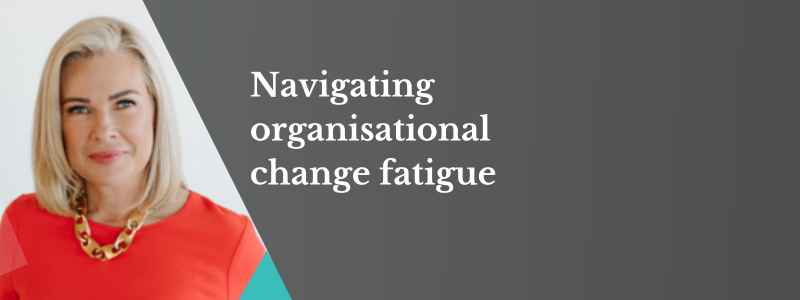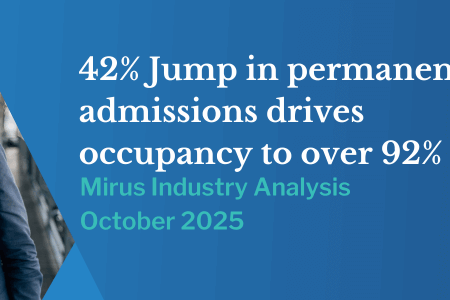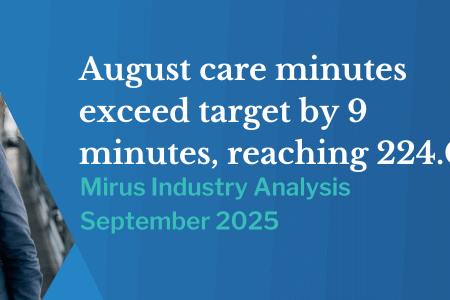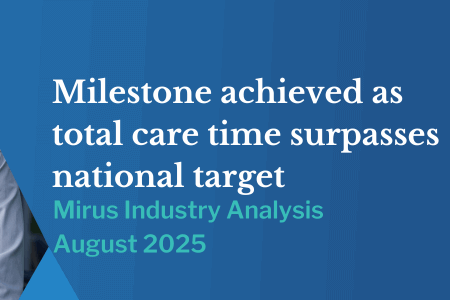How to Mitigate Organisational Change Fatigue: The Power of Leadership and Structure
June 12, 2025 | Guest Bloggers at Mirus

By guest blogger Victoria Mills, CEO & Founder of Hello Coach
Organisational change is no longer a once-in-a-decade event. It’s a constant. New systems. New leadership. New strategies. New expectations.
But with constant change comes a growing challenge: change fatigue.
We’re seeing it across industries—especially in high-pressure environments like aged care, healthcare, education, and social services. Leaders are exhausted. Teams are stretched. And people are tuning out.
So, what makes change stick—and what sends it spiralling?
At Hello Coach, we’ve worked closely with leaders managing complex transformations. And in every successful change initiative, we’ve found two essential ingredients:
Strong leadership and clear structure.
When these two work together, organisations move from reaction to resilience. Here’s why they matter more than ever.
____________________________________________________________________________
1. Leadership Shapes How People Feel About Change
Change doesn’t happen in a vacuum—it happens to people. And how people feel about the change will ultimately determine whether it succeeds or fails.
During change, teams look to their leaders for:
- Clarity: “Where are we going?”
- Confidence: “Can we do this together?”
- Consistency: “Will leadership follow through?”
- Care: “Does anyone understand how I feel?”
The most effective change leaders show up with:
- A clear vision connected to a meaningful purpose
- Authentic communication, even when the message is hard
- Emotional intelligence to navigate the human impact
- Visibility—staying involved, not delegating change to others
- Resilience and optimism to keep moving forward, even under pressure
At Whiddon, for example, leadership placed change governance directly under the CEO. That small shift sent a powerful message: we’re all in this together.
When trust in leadership is strong, teams stay engaged—even when the path is difficult.
____________________________________________________________________________
2. Structure Shapes How Change Happens
Inspiring words and good intentions only go so far. Without structure, even the best change efforts fall apart.
We see it all the time:
- Too many initiatives at once
- Confusion over roles or responsibilities
- Change fatigue from lack of progress
- Promising ideas that fizzle out before they land
A strong structure gives change a backbone.
Key elements include:
- Clear governance: Who owns the change? Who’s accountable?
- Defined processes: How will success be measured and managed?
- Resource alignment: Are the right people and tools in place?
- Feedback loops: How are staff being heard and how is that feedback acted on?
- Risk management: What happens when things go off track?
Without this kind of scaffolding, even the most enthusiastic leaders can find themselves overwhelmed. With it, change feels achievable—because it is.
____________________________________________________________________________
3. Leadership + Structure = Lasting Change
One without the other just doesn’t work.
- Leadership without structure is like trying to steer a ship without a rudder.
- Structure without leadership is like building a ship but leaving it unmanned.
But when leadership and structure work hand in hand, organisations can:
- Align people with a shared sense of purpose
- Empower teams to act with clarity and confidence
- Respond to risks and resistance with agility
- Embed change into culture—not just process
Executives like Chris Mamarelis (Whiddon;), Lucy O’Flaherty (Columbia Aged Care), and Nicole Klason (Newcastle Anglican) have echoed this. Once change governance was clearly structured and led from the top, they saw a shift: engagement rose, resistance dropped, and adoption accelerated.
________________________________________________________________
The Bottom Line
Change isn’t slowing down—but burnout doesn’t have to be the cost of transformation.
If we want change to succeed, we need to invest equally in:
- Leadership behaviours that build trust
- Structural frameworks that enable action
When people feel seen and supported, change isn’t something they survive—it’s something they champion.
Interested in a complimentary discovery session? Please email victoria@hello-coach.com
Victoria Mills is the Founder & CEO of Hello Coach, Australia’s leading on-demand coaching and training platform for teams and leaders navigating change. Hello Coach supports aged health care, HR leaders, and transformation teams to drive sustainable, human-centred change.


